With the hiatus finally over, the Brian K. Vaughan and Fiona Staples space opera epic, Saga, is back. This time, Saga #62 zeroes in on the most vulnerable and grounded emotional interactions in the aftermath of one of the most shocking and devastating casualties of a series famed for its relentless and frequent character deaths.
Alana is a widow with two children to support — her daughter Hazel, and the adopted Squire, the orphaned son of Sir Robot. Forced to put aside grief and face reality, Alana works for scraps as she continues to be hunted down. With Marko’s death still fresh on her mind, and enemies and allies spurring her forward, Alana must weigh vengeance versus survival, closure versus moving on.

The Saga franchise is one of many epic genre deconstructions that became popular in the 2010s, combining the greater-scope Star Wars style space opera with the dark fantasy cynicism of Game of Thrones. Part star-crossed romance story, part war story and family drama, Saga immediately established a world where subjugation was the norm and that anyone could die. Narratively, not a lot happens in this issue in terms of plot movement. Saga #62 focuses on the immediate aftermath of Marko’s death, the bereavement his family must deal with, and the difficult reality they continue to face as they resume their attempts to survive day to day as the world hunts them down.
Violence is never far away, and Saga #62 opens and closes with death. It’s a disturbing, but effective bookend for an issue focused on survival, grief and reconciling one’s emotions with reality. The family — consisting of Alana, Hazel and the orphaned Squire — is able to get through an issue without being actively persecuted this time, leaving room for writer Vaughan to explore subtler feelings. Alana’s grim yet determined resignation, Hazel’s loud defiance and Squire’s quiet contemplation serve as great counterweights to the other characters. Their ally Petrichor’s abrasive rage and desire for vengeance contrasts with Alana’s pragmatism. Meanwhile, the enemies to the family are humanized despite their antagonism.

Vaughan and Staples are no stranger to long-form serialized epics. This knowledge shows quite clearly in the clean, simple and elegant layout of Saga #62. Considering that this series has been running since 2012, it comes as no surprise that longtime artist Fiona Staples has only gotten better with every issue, displaying a level of sophistication and fineness in her thin, fluid line art.
In the world of Saga, war and violence are characters in their own right, even when they wait in the wings of the stage. Despite its slower pacing, Saga #62 is a slow simmer on the consequences of grief and life going on — whether by fate, or by choice.
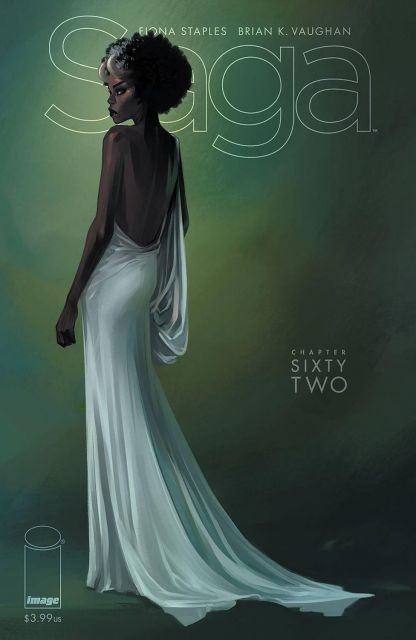



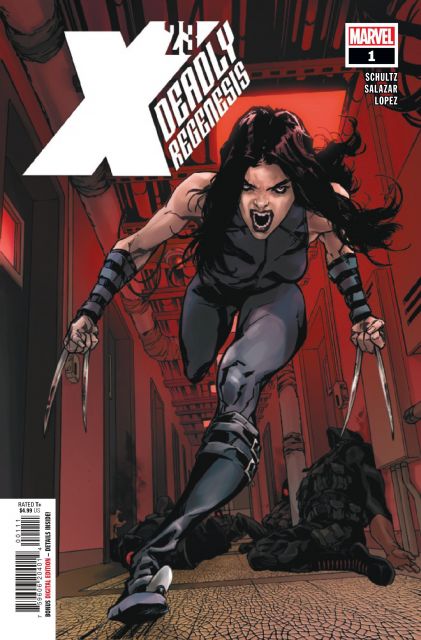
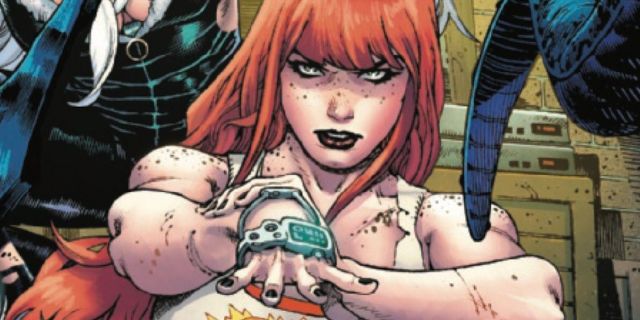
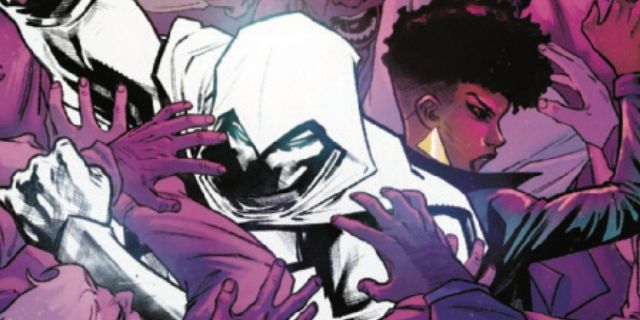


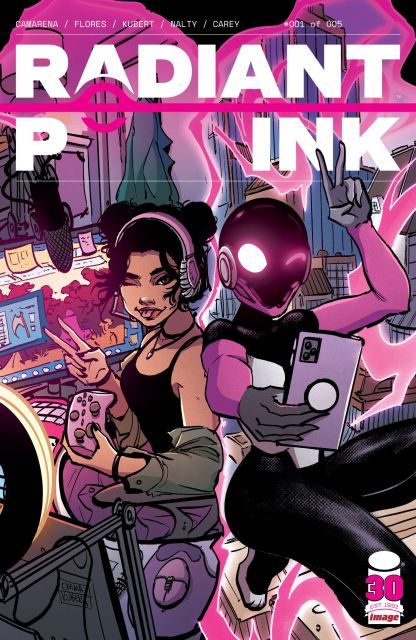





Leave a Reply